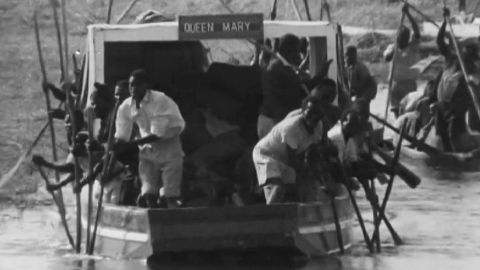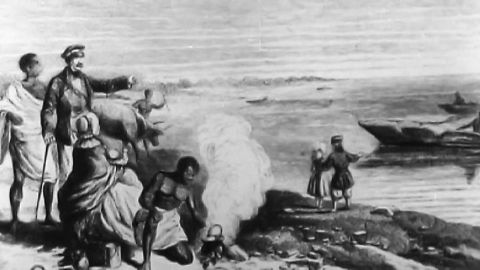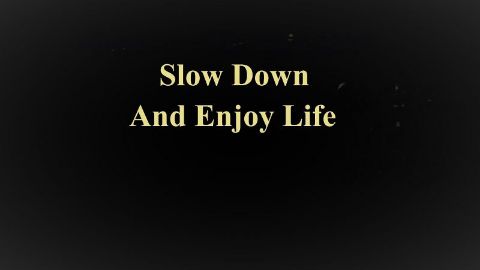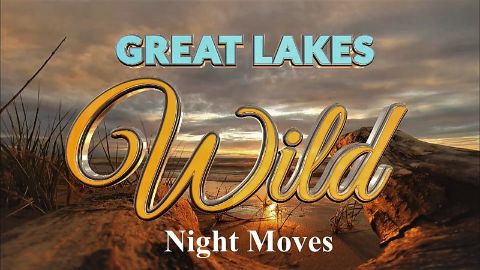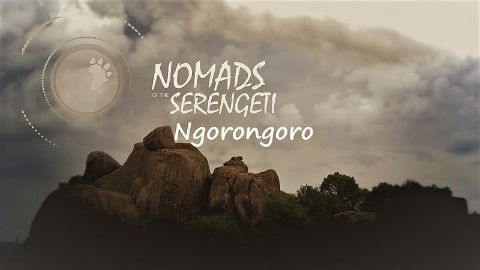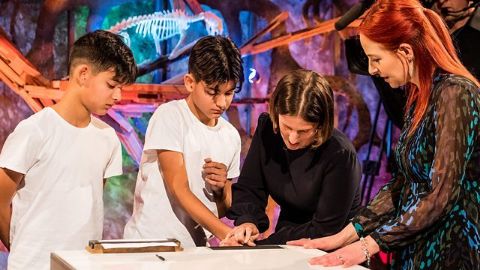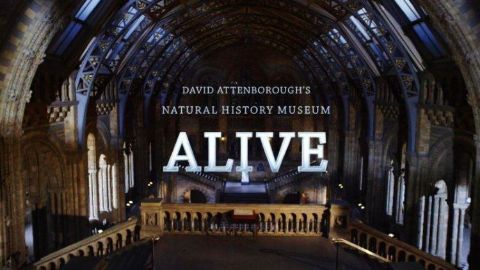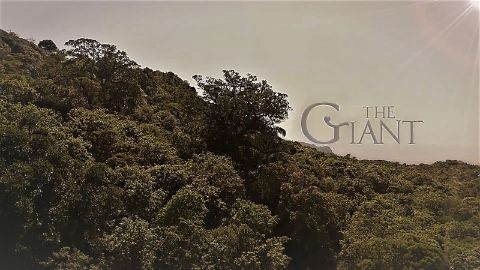Lord of the Land • 1965 • episode "S1E1" • Zambezi
At the start of his journey, Attenborough meets some of the people and animals that have made their home along the river in Zambia. He is invited to witness the Kuomboka festival, featuring the Litunga, chief of the Lozi people of western Zambia, and his people. In the festival they migrate from Lealui to Limalunga, before Lealui is flooded by the Zambezi. The spectacular ceremony consists of a fleet of barges, many containing the Lotunga’s possessions, making the journey up the river accompanied by heavy drumming of the royal Maoma drums. Other highlights include David Attenborough joining the Litunga as he opens the court and presides over the inauguration ceremony.
Make a donation
Buy a brother a hot coffee? Or a cold beer?
Hope you're finding these documentaries fascinating and eye-opening. It's just me, working hard behind the scenes to bring you this enriching content.
Running and maintaining a website like this takes time and resources. That's why I'm reaching out to you. If you appreciate what I do and would like to support my efforts, would you consider "buying me a coffee"?
Donation addresses
BTC: bc1q8ldskxh4x9qnddhcrgcun8rtvddeldm2a07r2v
ETH: 0x5CCAAA1afc5c5D814129d99277dDb5A979672116
With your donation through , you can show your appreciation and help me keep this project going. Every contribution, no matter how small, makes a significant impact. It goes directly towards covering server costs.
